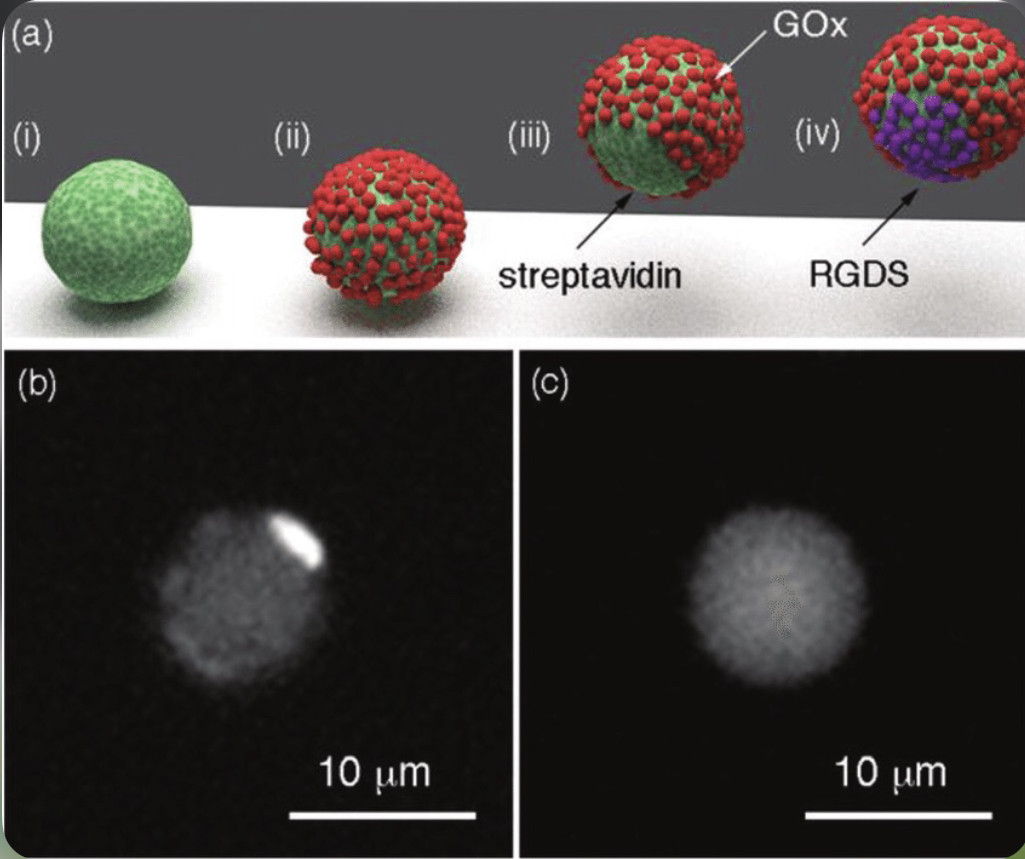The Mac
@TheMac
22 February, 01:12
Notice: Undefined index: tg1tga_access in /home/admin/www/anonup.com/themes/default/apps/timeline/post.phtml on line 396
DorDor AkWat
@Dorsee21
22 February, 01:33
In response The Mac to his Publication
These look like streptococci and staphylococci🤔
Notice: Undefined index: tg1tga_access in /home/admin/www/anonup.com/themes/default/apps/timeline/post.phtml on line 396
The Mac
@TheMac
22 February, 01:50
In response DorDor AkWat to her Publication
Notice: Undefined index: tg1tga_access in /home/admin/www/anonup.com/themes/default/apps/timeline/post.phtml on line 396
DorDor AkWat
@Dorsee21
22 February, 02:31
In response The Mac to his Publication
Notice: Undefined index: tg1tga_access in /home/admin/www/anonup.com/themes/default/apps/timeline/post.phtml on line 396
The Mac
@TheMac
22 February, 03:32
In response DorDor AkWat to her Publication
Notice: Undefined index: tg1tga_access in /home/admin/www/anonup.com/themes/default/apps/timeline/post.phtml on line 396
The Mac
@TheMac
22 February, 03:33
In response The Mac to his Publication
Notice: Undefined index: tg1tga_access in /home/admin/www/anonup.com/themes/default/apps/timeline/post.phtml on line 396
The Mac
@TheMac
22 February, 03:41
In response The Mac to his Publication
Here, we have investigated structural changes in mixed liposomes mimicking the lipid composition of Gram-positive bacteria membranes, in which the concentration of Bacillus Subtilis LTA was varied between 0–15 mol%. Small-angle neutron scattering (SANS) and dynamic light scattering (DLS) measurements indicated formation of mixed unilamellar vesicles, presumably stabilized by the negatively charged LTA polyphosphates.
Notice: Undefined index: tg1tga_access in /home/admin/www/anonup.com/themes/default/apps/timeline/post.phtml on line 396
The Mac
@TheMac
22 February, 03:42
In response The Mac to his Publication
Notice: Undefined index: tg1tga_access in /home/admin/www/anonup.com/themes/default/apps/timeline/post.phtml on line 396
The Mac
@TheMac
22 February, 03:45
In response The Mac to his Publication
Dynamic light scattering (DLS) is a technique in physics that can be used to determine the size distribution profile of small particles in suspension or polymers in solution. In the scope of DLS, temporal fluctuations are usually analyzed by means of the intensity or photon auto-correlation function (also known as photon correlation spectroscopy or quasi-elastic light scattering).
Notice: Undefined index: tg1tga_access in /home/admin/www/anonup.com/themes/default/apps/timeline/post.phtml on line 396
The Mac
@TheMac
22 February, 03:51
In response The Mac to his Publication
🙂
Notice: Undefined index: tg1tga_access in /home/admin/www/anonup.com/themes/default/apps/timeline/post.phtml on line 396
The Mac
@TheMac
22 February, 03:51
In response The Mac to his Publication
Notice: Undefined index: tg1tga_access in /home/admin/www/anonup.com/themes/default/apps/timeline/post.phtml on line 396
The Mac
@TheMac
22 February, 03:52
In response The Mac to his Publication
Notice: Undefined index: tg1tga_access in /home/admin/www/anonup.com/themes/default/apps/timeline/post.phtml on line 396
The Mac
@TheMac
22 February, 03:52
In response The Mac to his Publication
NTA has been used by commercial, academic, and government laboratories working with nanoparticle toxicology, drug delivery, exosomes, microvesicles, bacterial membrane vesicles, and other small biological particles, virology and vaccine production, ecotoxicology, protein aggregation, orthopedic implants, inks and pigments, and nanobubbles.
Notice: Undefined index: tg1tga_access in /home/admin/www/anonup.com/themes/default/apps/timeline/post.phtml on line 396
Nanoparticle tracking analysis (NTA) is a method for visualizing and analyzing particles in liquids that relates the rate of Brownian motion to particle size. The rate of movement is related only to the viscosity and temperature of the liquid; it is not influenced by particle density or refractive index. NTA allows the determination of a size distribution profile of small particles with a diameter of approximately 10-1000 nanometers (nm) in liquid suspension.
03:53 PM - Feb 22, 2021
In response The Mac to his Publication
Only people mentioned by TheMac in this post can reply
The Mac
@TheMac
22 February, 03:54
In response The Mac to his Publication
The technique is used in conjunction with an ultramicroscope and a laser illumination unit that together allow small particles in liquid suspension to be visualized moving under Brownian motion. The light scattered by the particles is captured using a CCD or EMCCD camera over multiple frames. Computer software is then used to track the motion of each particle from frame to frame.
Notice: Undefined index: tg1tga_access in /home/admin/www/anonup.com/themes/default/apps/timeline/post.phtml on line 396
The Mac
@TheMac
22 February, 03:56
In response The Mac to his Publication
The rate of particle movement is related to a sphere equivalent hydrodynamic radius as calculated through the Stokes–Einstein equation. The technique calculates particle size on a particle-by particle basis, overcoming inherent weaknesses in ensemble techniques such as dynamic light scattering. Since video clips form the basis of the analysis, accurate characterization of real time events such as aggregation and dissolution is possible.
Notice: Undefined index: tg1tga_access in /home/admin/www/anonup.com/themes/default/apps/timeline/post.phtml on line 396


















